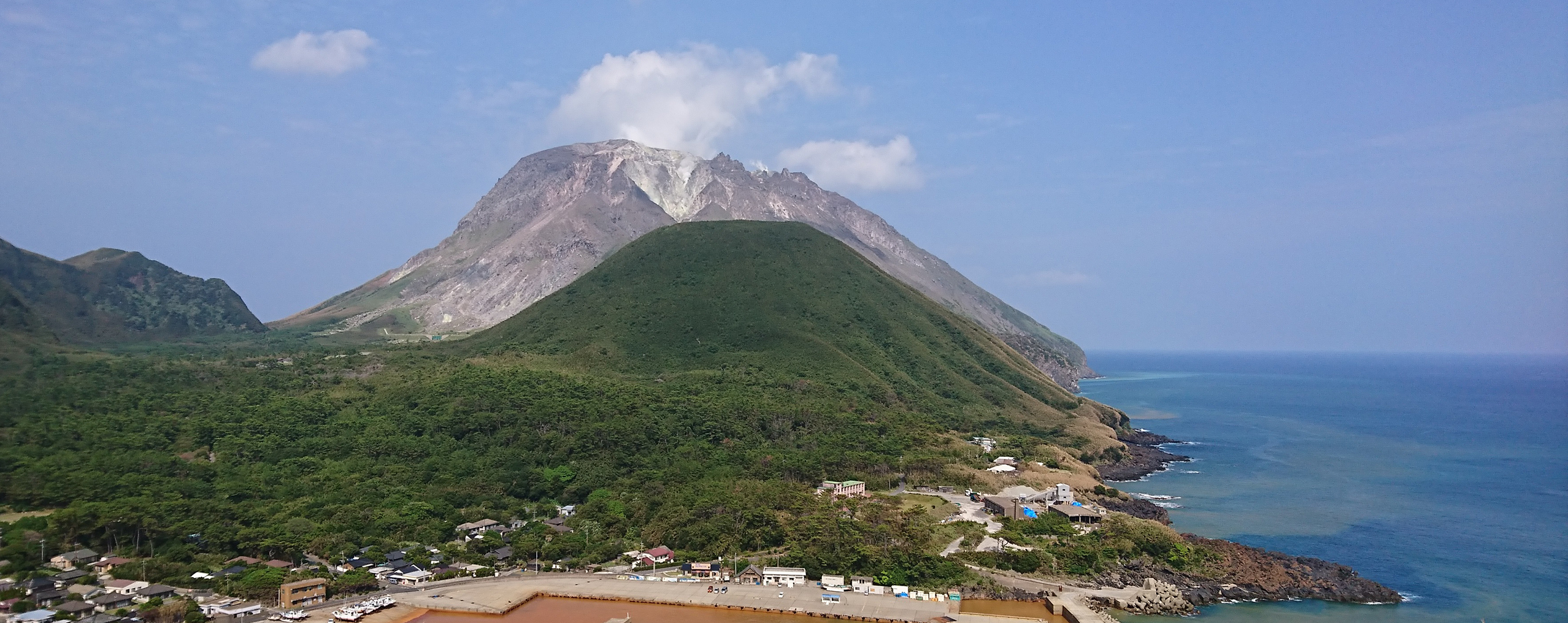

Registration is closed.
Aplication to Poster presentations is closed.
Deadline for modification of abstract has passed.
The submarine caldera eruption produces a significant amount of pyroclastics/volcaniclastics and give rise to associated tsunamis, exerting a profound and far-reaching impact on human existence, societal infrastructure, and the natural environment (e.g., the Kikai-Akahoya eruption of Kikai, Japan; the Minoan eruption of Santorini, Greece). Understanding the eruption styles/mechanisms, marine tephra records, magma properties/storage, and the magma supply systems leading to these eruptions poses significant challenges due to their inaccessibility. Nonetheless, recent comprehensive studies utilizing marine seafloor observations, seafloor sampling, and scientific drilling have greatly advanced our understanding of these volcanic systems. The purpose of this symposium is to share the latest advancements in understanding submarine caldera volcanoes through various research approaches, discuss the results, and foster future investigations with international collaborations. Contributions on submarine eruptions, including non-caldera events, as well as on-land eruptions, are also welcomed and encouraged.
Application is closed.
A limited number of travel-grants up to $1000 per individual coming from abroad and some support per domestic individual, for students and post-doctoral fellows or early career scientists are available. Priority will be given to individuals from developing countries. An oral or poster presentation is required to qualify.
Application is closed.
The Kikai caldera was formed by the youngest large-scale caldera-forming eruptions. We will observe products of the Kikai-Akahoya eruption at various distances from near to the source area to southern Kyushu. We will also compare the deposits with other large-scale pyroclastic-flow deposits in southern Kyushu including Quaternary non-welded Ito pyroclastic-flow deposit and the densely welded Ata pyroclastic- flow deposit.
*Please be careful that the number of participants is limited.
*The itinerary is subject to change, depending on the ferryboat schedule under bad marine conditions.
If you encounter an error , please contact us ,'calderasymp2024@gsuite.kobe-u.ac.jp'.